CRAB NEBULA
Intricate Crab Nebula Poses for Hubble Close-Up
Tariq Malik
Staff Writer
SPACE.comThu Dec 1, 2:00 PM ET
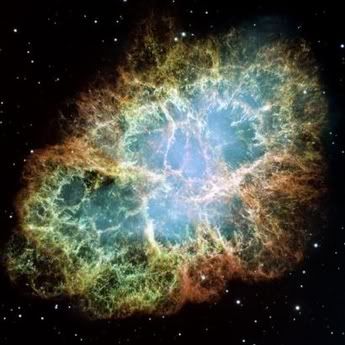
The Hubble Space Telescope has caught the most detailed view of the Crab Nebula, revealing the intricate epitaph of a long-dead star.
The nebula spans a patch of space six light-years across and has proved an attractive target for professional and amateur astronomers alike. One light-year is the distance light travels in one year, about 5.8 trillion miles (9.7 trillion kilometers).
Wispy filaments, primarily of hydrogen, weave through the Crab Nebula, at the center of which sits a neutron star that spins 30 times per second.
The only fixed remains of the supernova explosion - the rest of the original star stuff has blown outward - the neutron star acts as a beacon, spitting twin beams of radiation from its poles as it rotates.
The dense, city-sized object powers the Crab Nebula's bluish glow, which is generated by electrons that follow the neutron star's magnetic field lines, astronomers said. The elemental composition of the nebula can be picked apart by color, with blue areas indicating neutral oxygen, green regions showing singly ionized sulfur and red portions denoting doubly ionized oxygen, they added.
This image superimposes one of the largest ever produced by Hubble - and the highest resolution view ever of the nebula - over observations from the European Southern Observatory's Very Large Telescope in Chile. Astronomers used Hubble's Wide Field and Planetary Camera 2 to build the image.
Image Gallery: Hubble Space Telescope's Greatest Hits Zoom Into Hubble's Detailed View of the Crab Nebula Stunning New View of Energetic Crab Pulsar Complete Coverage: The Hubble Space Telescope
Tariq Malik
Staff Writer
SPACE.comThu Dec 1, 2:00 PM ET

The Hubble Space Telescope has caught the most detailed view of the Crab Nebula, revealing the intricate epitaph of a long-dead star.
The nebula spans a patch of space six light-years across and has proved an attractive target for professional and amateur astronomers alike. One light-year is the distance light travels in one year, about 5.8 trillion miles (9.7 trillion kilometers).
Wispy filaments, primarily of hydrogen, weave through the Crab Nebula, at the center of which sits a neutron star that spins 30 times per second.
The only fixed remains of the supernova explosion - the rest of the original star stuff has blown outward - the neutron star acts as a beacon, spitting twin beams of radiation from its poles as it rotates.
The dense, city-sized object powers the Crab Nebula's bluish glow, which is generated by electrons that follow the neutron star's magnetic field lines, astronomers said. The elemental composition of the nebula can be picked apart by color, with blue areas indicating neutral oxygen, green regions showing singly ionized sulfur and red portions denoting doubly ionized oxygen, they added.
This image superimposes one of the largest ever produced by Hubble - and the highest resolution view ever of the nebula - over observations from the European Southern Observatory's Very Large Telescope in Chile. Astronomers used Hubble's Wide Field and Planetary Camera 2 to build the image.
Image Gallery: Hubble Space Telescope's Greatest Hits Zoom Into Hubble's Detailed View of the Crab Nebula Stunning New View of Energetic Crab Pulsar Complete Coverage: The Hubble Space Telescope

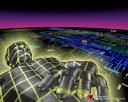




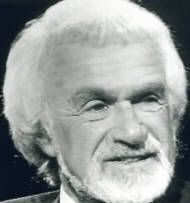

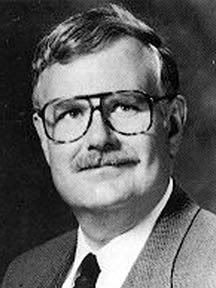
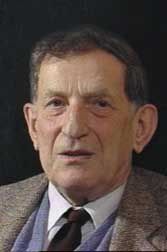







<< Home